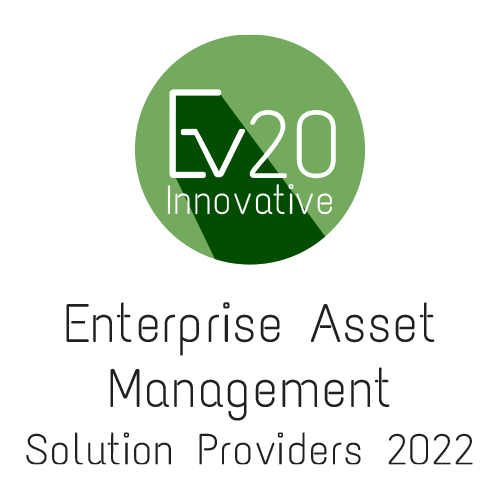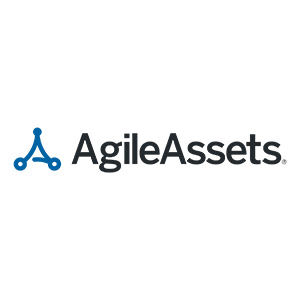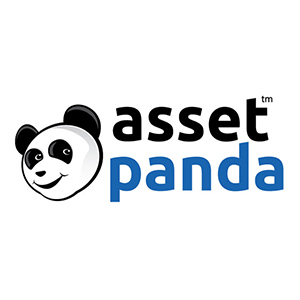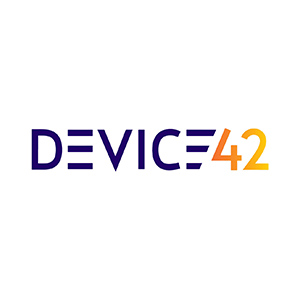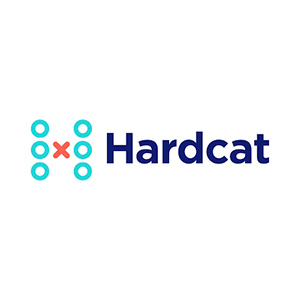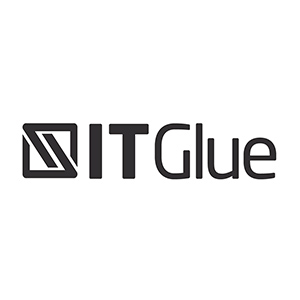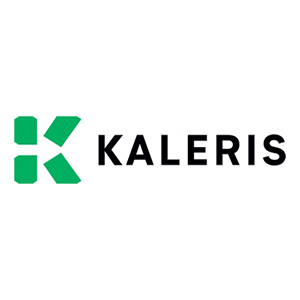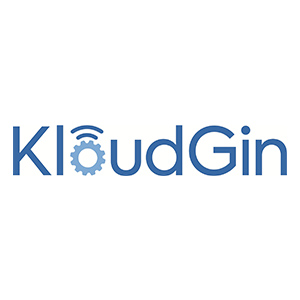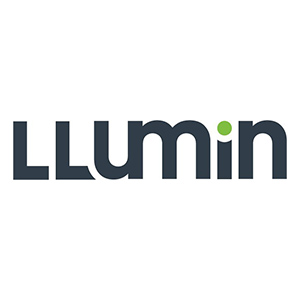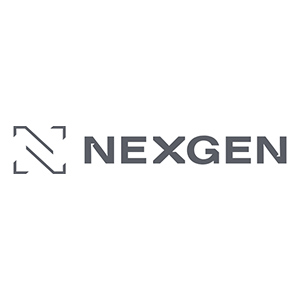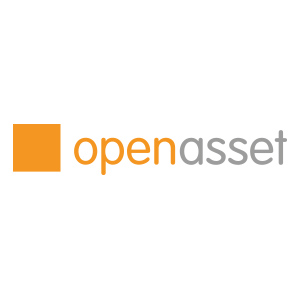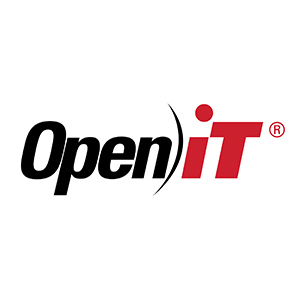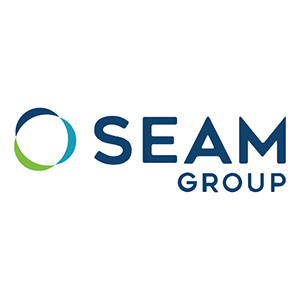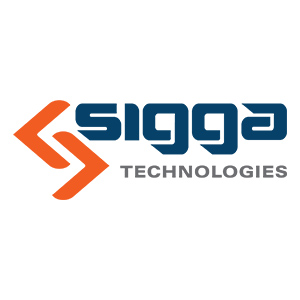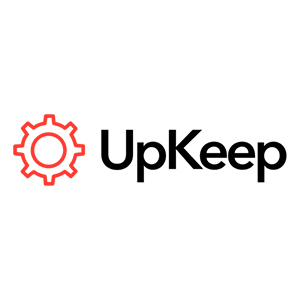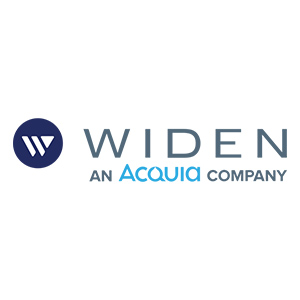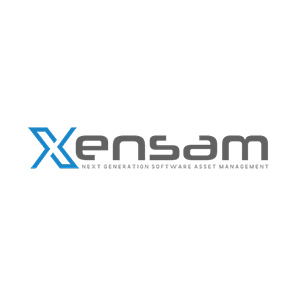Enterprise asset management (EAM) is a set of software, systems, and services used to manage and control operational assets and equipment. The goal is to improve asset quality and utilization throughout their lives, enhance productive uptime, and lower operating expenses. Work management, asset maintenance, planning and scheduling, supply chain management, and environmental, health, and safety (EHS) efforts are all part of enterprise asset management. EAM is essential because it helps organizations track, assess, manage, and optimize asset quality and reliability. Organizations of all kinds have hundreds, thousands, or even millions of assets. EAM aims to enhance asset/equipment lifespans, decrease expenses, optimize asset quality and usage, boost efficiency, and improve safety. Find out more about EAM and what it can do for your business. Today, billions of assets need to be tracked in real-time. Processes require constant monitoring, maintenance, and optimization. The whole enterprise needs this! Asset management trends are changing rapidly and are ready to answer the call for digital transformation.
Organizations should then look to marry the right personnel with solutions that digitize manual maintenance processes and leverage powerful data to predict when assets will fail, automatically recommending and facilitating corrective steps. Today’s EAM tools enable proactive decision-making that enables improved safety, optimized labor and material management, and enhanced capital budget planning. They also rely on asset performance management to analyze the extensive amount of data they collect and then drive automated processes in response.
However, with hundreds of different options in the marketplace, it can be overwhelming to figure out which system is the best. To make this process more streamlined, our team of researchers, analysts, and editorial team has shortlisted a set of companies that stand out from the crowd. The companies included in the list offer some of the most innovative as well as exclusive solutions that could create an impact in the Enterprise Asset Management sector.



